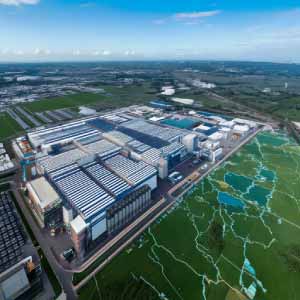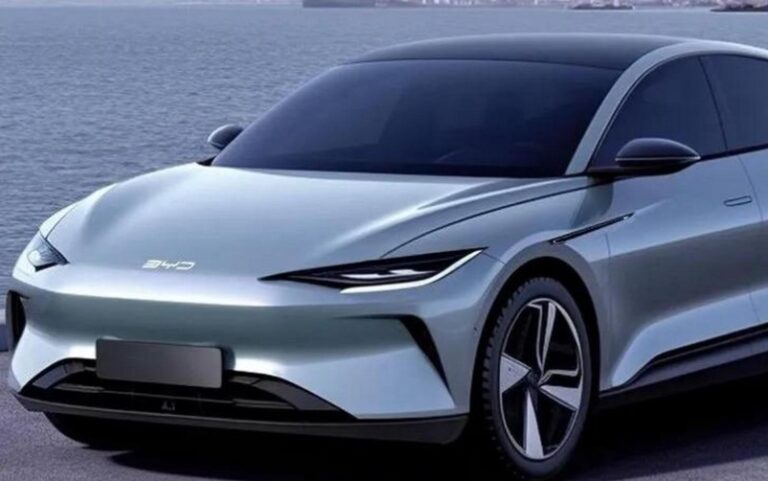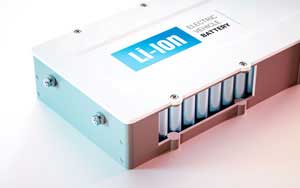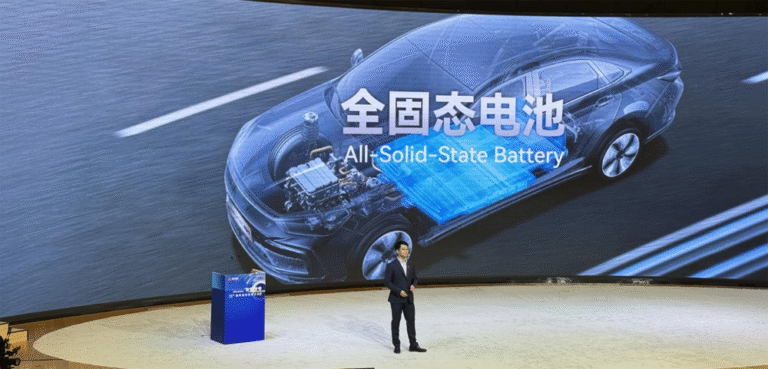BYD Company Limited Detailed Research Report ,Management and Leadership Information2
■ Management Strategy and Philosophy: BYD’s leadership articulates a clear and consistent strategy with several core tenets:
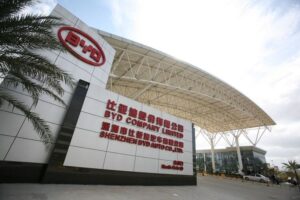
- Vertical Integration and Cost Leadership: Wang Chuanfu firmly believes in “disrupting your own technology before others do it for you,” emphasizing proactive innovation.
A cornerstone of BYD’s strategy is vertical integration – producing as many components in-house as possible. “He saw vertical integration as key to BYD’s strategy: the lower costs that came from controlling his supply chain gave him a standout advantage over rivals,” as Bloomberg noted.
BYD manufactures its own batteries, electric motors, motor controllers, and even vehicle semiconductors (IGBT power chips), reportedly making around 90% of its car parts internally.
This strategy reduces reliance on suppliers, lowers unit costs, and allows BYD to iterate quickly on designs.
The payoff is evident in BYD’s ability to offer high-quality EVs at prices often lower than competitors. BYD’s focus on affordable models (some EVs under $10,000) to drive mass adoption – a goal that Elon Musk once championed – is made feasible by its cost structure.
In essence, BYD’s management uses vertical integration and scale economies to undercut rivals on price and still maintain healthy margins, a tactic that is reshaping the global EV market. - Technological Innovation and R&D Focus: BYD’s management philosophy prizes long-term innovation over short-term profits. The company consistently reinvests a large portion of earnings into R&D (in 2024, R&D spending was 13% higher than net profit).
Wang and his team identified battery technology as the key to the EV revolution decades ago, and this early-mover advantage is evident in BYD’s large patent portfolio (over 30,000 patents).
BYD’s leadership fosters a culture of engineering excellence – Wang himself being a hands-on engineer sets the tone. This has led BYD to develop unique technologies like the Blade Battery and DM-i hybrid system internally. Management also encourages “self-disruption” – for example, BYD phased out its own successful gasoline car business to fully commit to electrification in 2022.
The willingness to cannibalize old products in favor of new, superior technology is a hallmark of BYD’s strategy. Executives like Chief Scientist Lian Yubo ensure that BYD stays at the cutting edge, whether in batteries (solid-state research, sodium-ion development) or in software (BYD’s DiLink system) and autonomous-driving capabilities (the company is rolling out advanced driver-assist features across models at no extra cost).
In summary, continuous innovation, backed by significant investment and a deep talent pool, is a key pillar of BYD’s management approach. - Global Expansion and Localization: While dominating its home market, BYD’s leadership is now aggressively targeting international expansion.
Wang Chuanfu has stated that BYD seeks a “substantial rise” in market share in regions like Europe, Southeast Asia, and Latin America.
The company is “leading an overseas push” among Chinese automakers, opening showrooms and entering new countries at a rapid pace. BYD’s management strategy for globalization includes setting up local facilities to overcome import tariffs and to appear as a local player.
For instance, BYD’s decision to build factories in Thailand, Hungary, and Turkey demonstrates strategic foresight in tackling trade barriers.
Executives like Stella Li are tasked with adapting BYD’s approach to each market – from partnering with dealers, to adjusting product offerings to local tastes and regulations.
BYD also often hires local experts in target regions to navigate policy and compliance. The management’s goal is not just to export cars from China, but to “localize production and profits”. Wang envisions a future stage where overseas markets contribute the majority of BYD’s profits.
This aligns with moves such as offering Europe-specific models (e.g., BYD Dolphin and Seal with Euro NCAP 5-star safety ratings) and making right-hand-drive models for Commonwealth countries.
By maintaining flexibility (assembling key components abroad while keeping core tech like battery cells mostly in China for now), BYD’s leadership balances global reach with cost control.
The company’s quick scaling in dozens of countries over 2022–2024 reflects effective execution of this global strategy.
In conclusion, BYD’s management – helmed by founder Wang Chuanfu – has crafted a unique playbook combining vertical integration, relentless innovation, and international ambition. This approach has transformed BYD from a battery supplier into a world-leading EV manufacturer in the span of 30 years. With a strong financial base, an array of proprietary technologies, and a clear strategic vision, BYD’s leadership is steering the company to compete head-on with the likes of Tesla and CATL on the global stage, while staying true to its core mission to “build your dreams” of a greener, electrified future.



